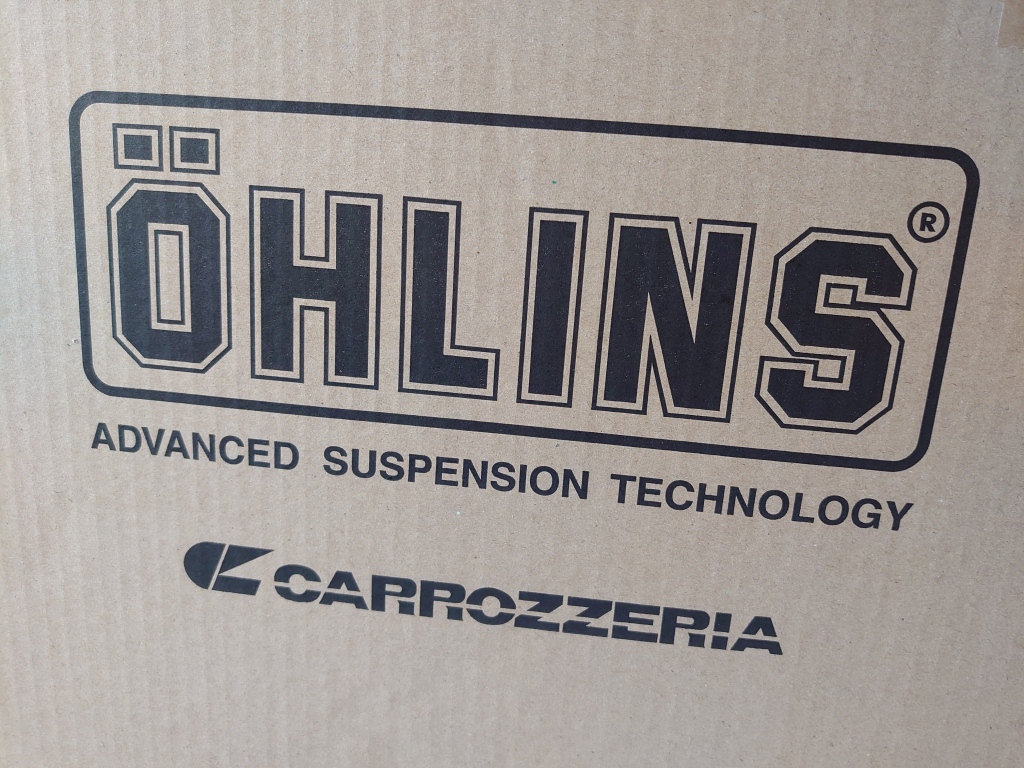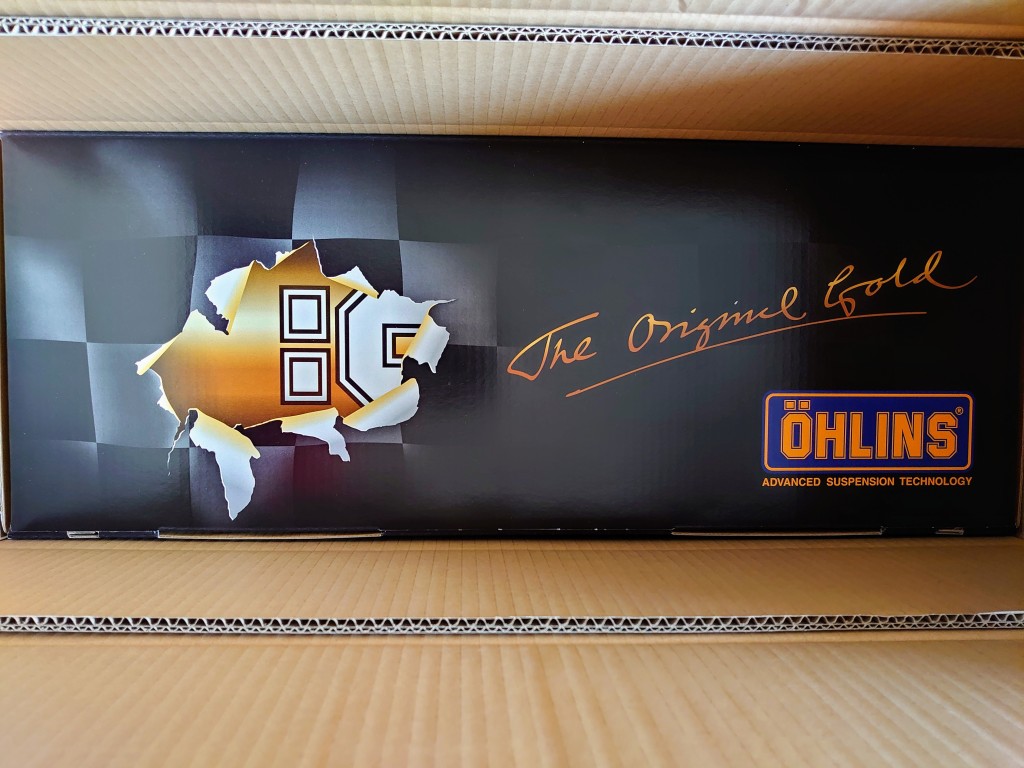

My previous reason for opting for HKS Hypermax series coilovers was value for money plus the high spring rates afforded by the SP model (12kg front, 10kg rear).
HKS’s backyard is Hakone Turnpike and Fuji Speedway with the SP model being further tuned for track work.
However with future plans to take the car on longer range trips I began considering more compliant options not just in spring rate but also top mount construction (The HKS SP coilovers have pillow ball top mounts). Then with the earlier trip to Heda where the local roads were alot bumpier than previous roads I had driven. This set in stone the upgrade to Ohlins. Having heard so many good reviews from Skyline and 911 drivers alike about them I had to see what the fuss was about.
Regarding details on the how Ohlins Road & Track suspension work I won’t go in depth as Aki’s blog http://www.r33gt-r.com/?m=1 covers them in depth. To summerise Ohlins has a patented “Dual-Flow Valve” technology which is a valve in the dampers which allows faster equalisation of damper fluid above and below the piston as relevant and required depending on road surfaces. By stopping pressure build up on one side of the damper allows greater tyre contact with the road across a the changing nature of road surfaces. It is the most advanced passive suspension solution on the market now.

With that it was off to Best R to get it fitted. The above and following pictures are courtesy of Best R’s Blog https://ameblo.jp/bestr32333435/entry-12623146203.html .

Out with the HKS Hypermax IV SP. Don’t get me wrong they are solid coilovers.

In true Swedish fashion the coilover kit came disassembled.

What is ride comfort
Here is a small tidbit. My reference is Mizuno Kazutoshi himself from one of his Nissan GTR lectures. What is ride comfort?
In short one’s perception of ride comfort depends on the length of ones small intestine. The longer it is the more you will perceive a water bed like ride as ‘comfortable’ and those who have small intestines on the shorter side will prefer a fast settling damping.
This explains the difference in ride feel of European vs Asian cars.
So why this difference? Why do some habe longer small intestines that others?
Europeans are more likely have grown up sitting on chairs vs in alot of Asian societies people sit on the floor in the house. Growing up sitting on chairs through compression of the lower abdominal restricts growth of the intestines leading to Europeans and the West having shorter small intestines to their Asian counterparts.
This leads to a perception of ride comfort being damping which settles immediately following the first initial shock. Where as those with longer small intestines prefer damping which performs like a waterbed and gradually dissipates the shock. Those who have rode in a Toyota Prius will know what this feels like to present an extreme example.
However to keep in mind for and bt who the car was developed. So a Nissan GTR vs a Toyota Crown it does not need to be said which car has which sort of damping.

I also took this opportunity to request a 10mm raise in ride height from the previous setup. As this is a road car with it’s primary use as a grand tourer I cannot stress how much of a difference that extra 10mm adds, not to mention improved geometry with the factory arms.
Driving impressions
DFV is magic. Ride is much more flat and also the damping being European settles alittle faster than the HKS set. Being a chair raised person it felt more right.
Secondly I suspect due to the combination of DFV as well as the smaller disparity front to rear in spring rate (9kg front, 8kg rear vs previous 12kg front, 10kg rear.) the car also squats less in the rear on acceleration.
Lastly high speed stability is much improved with the car sitting much more flat at speed slightly reducing the perception of speed.
Highly recommended if you have some cash to spare. They are the best and most advanced passive solution for road cars especially of this vintage.

Confirmed by a Hakone run. The car inspires even more confidence not that it felt lacking in this area in the corners. Not to mention I no longer need to lift where I used to.


Your comments regarding suspension tuning preferences are quite curious. Do you have any data to back this assertion? I’ve thought for a while that the reason why Europe/US markets prefer softer suspension tuning is because our road quality is significantly worse.
LikeLike
This was from one of the interviews with Kazutoshi Mizuno. I cannot recall which one. Yes the road conditions are certainly a factor. By “Softness” I believe you are talking about spring rate and rebound rate. However there is alot more to damping which is what I was attempting to discuss. To European/US drivers they may feel the suspension is soft but this same setup in Asia would be considered firm. Say you have two sets of coilovers one HKS and the other a continental brand. If you wind both to the softest setting, “soft” feels completely different between the two. It’s like a waterbed vs a sprung bed both can be said to be “soft”, but “soft” is relative.
LikeLike